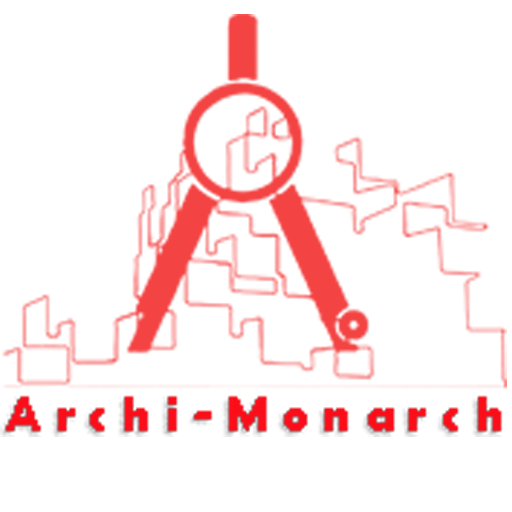A compound wall in architecture refers to a boundary wall constructed around a plot or property to provide security, privacy, and a clear demarcation of ownership.
Typically built from materials like brick, concrete, stone, or precast panels, compound walls can vary in height and design based on functional and aesthetic requirements, as well as local building regulations.
In addition to enhancing safety by restricting unauthorized access, these walls also serve as noise barriers and can be designed to complement the architectural style of the building they enclose.
Often, they incorporate features such as gates, lighting, and sometimes decorative elements like cladding or creeper plants to enhance visual appeal.
If you want to know about the staircase detail or toilet detail or standard detail, please click the link.
Image of Compound wall detail and downloadable (in DWG) link below

Compound wall detail drawing – 5
In construction, a compound wall detail drawing provides a precise graphical representation of how the wall is to be built, including dimensions, materials, structural elements, and finishes. These drawings are crucial for both execution and approvals, and they typically include the following key components:
Foundation Details:
The drawing shows the type and depth of the foundation, usually a strip footing or raft foundation depending on soil conditions. It includes dimensions like footing width, depth, and reinforcement details (such as bar size, spacing, and concrete grade).
Plinth or Base Wall:
Above the footing, a plinth beam or a base wall is shown, which supports the superstructure of the compound wall. This section may include waterproofing layers or damp-proof courses.
Wall Section:
This includes the main wall height, thickness (e.g., 150mm or 230mm), and materials (brick masonry, concrete block, or precast panels). Reinforcement mesh or vertical RCC (Reinforced Cement Concrete) columns at regular intervals are detailed here for structural integrity.
Pillars or Columns:
RCC columns or piers are typically shown at intervals (e.g., every 3m or 10ft) to support the wall and resist lateral forces. Their reinforcement and footing details are specified.
Copings and Finishes:
The drawing shows coping stones or concrete caps on top of the wall to prevent water seepage. Finishes like plastering, painting, or cladding are labeled.
Gate Pillars and Openings:
If a gate is included, the detail drawing shows heavier gate columns, often with embedded plates or holdfasts for gate hinges, along with electrical conduits for lighting or automation if needed.
Elevation and Section Views:
The drawing includes both plan and elevation views, sometimes sectional drawings to show hidden details like reinforcement and internal layers.
These drawings are essential for ensuring structural safety, durability, and compliance with local building codes.
Our tips to help you improve your architectural Compound wall detailing.
